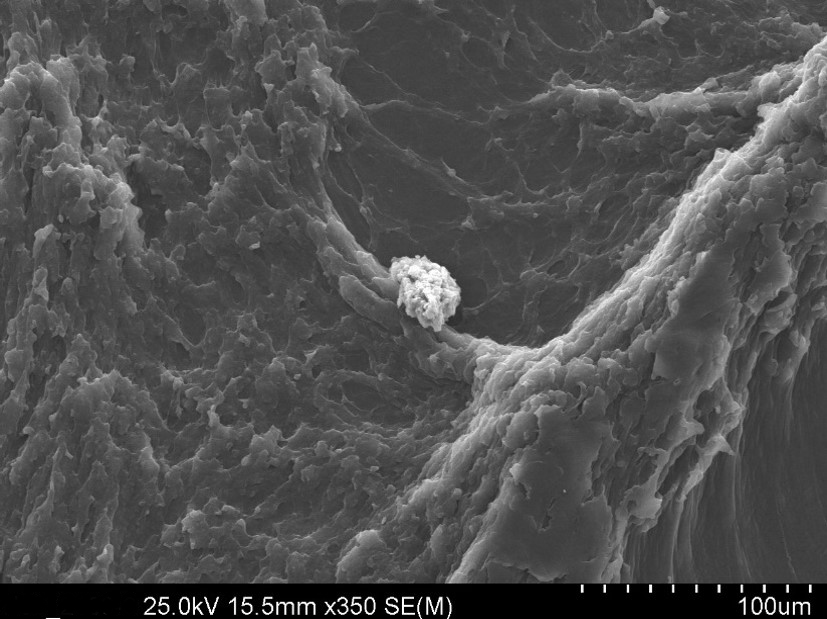Scanning Electron Microscopy
What is scanning electron microscopy?
Scanning electron microscopy (SEM) uses electrons instead of light to form a high-resolution image. Since their development in the early 1950s, scanning electron microscopes have developed new areas of study in the medical and physical science communities. The main advantage of the SEM compared with the conventional optical microscope is the much higher resolution, so samples can be magnified at much higher levels. Because the SEM uses electron sensors rather than lenses, the operator has much more control in the degree of magnification.
SEM is one of the most powerful techniques to examine the surface properties and the morphology of polymers and plastics. SEM technique is a key tool in the failure analysis of plastics, as it can provide precise information about the crack initiation and propagation, as well as look for particle and dust contamination.
Impact Laboratories, in collaboration with Napier University, has direct access to a latest technology SEM equipped with an EDX for powerful material identification.





